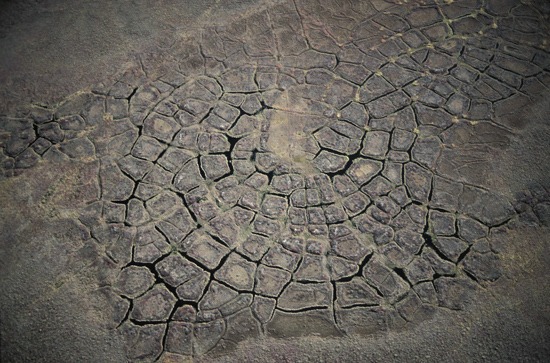Even though cooler temperatures and fall colors are returning, Washington’s historic drought isn’t over. Not by a long shot.
“The recent rains were nice, but we’re not out of the woods yet,” said Director Maia Bellon with the Washington Department of Ecology. “We’re carrying a huge water deficit into this fall and winter.”
In fact, the U.S. Drought Monitor says that the entire state remains in a drought, with the west side in severe drought and the east side in extreme drought.
Because it was so hot and dry for so long, aquifers and reservoirs that supply water to fish, farms and communities across the state took a major hit.
Water experts say that we need a “normal” snowpack this winter to stave off a second year of drought.
Yet there’s growing concern that snow may not be in the cards for the second winter in a row.
Climatologists are calling for an unusually strong El Nino weather pattern. Meaning a high likelihood that Washington could have another warmer-than-normal winter.
“The models are certainly suggesting a warmer winter,” said State Climatologist Nick Bond. “We may not get the snow we so desperately need.”
With water supplies at extreme lows and weather forecasts calling for less snow in the mountains, it’s time to start planning for next year.
“We’re already preparing for what very well could be another difficult year ahead,” Director Bellon said.
Ecology is coordinating with irrigation districts, like in the Yakima Basin – our state’s greatest agricultural region. Plans are being made to start leasing water as early as January, well ahead of next year’s planting season. This will help farmers better plan for water supply and crop rotations.
The agency is prepared to spend more money next year to lease even more water from farmers. Pictures showing the drought hardships and response work across the state are available on Ecology’s drought website and Flickr album.


